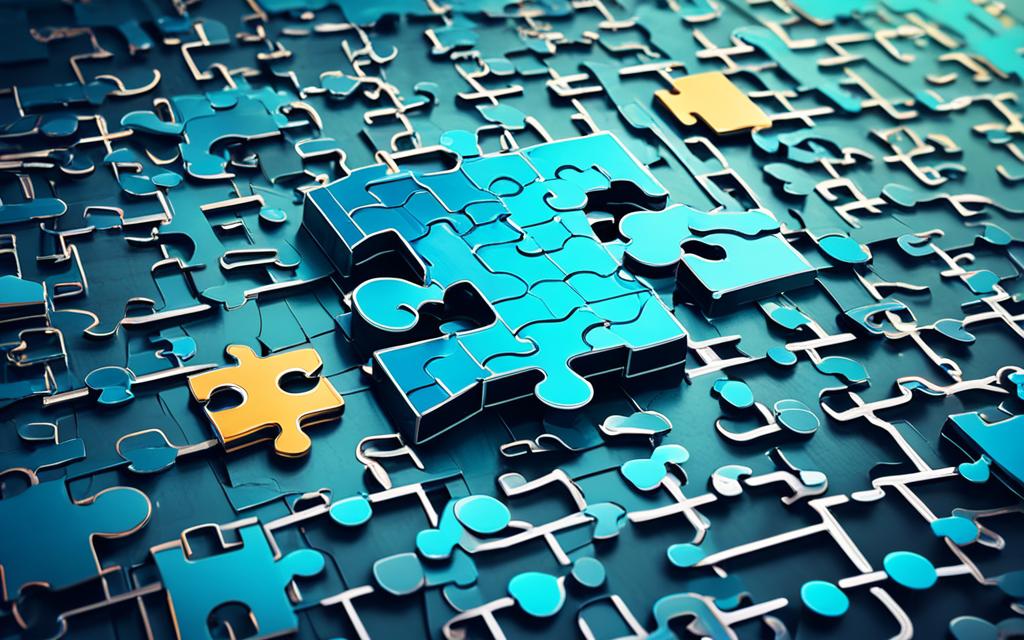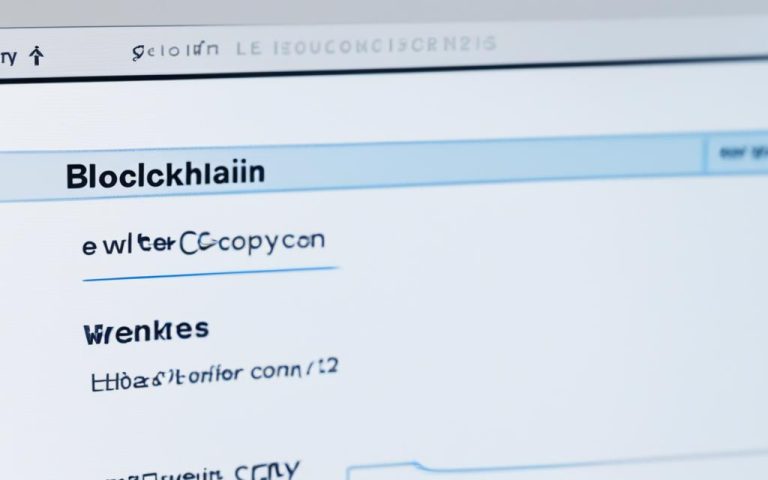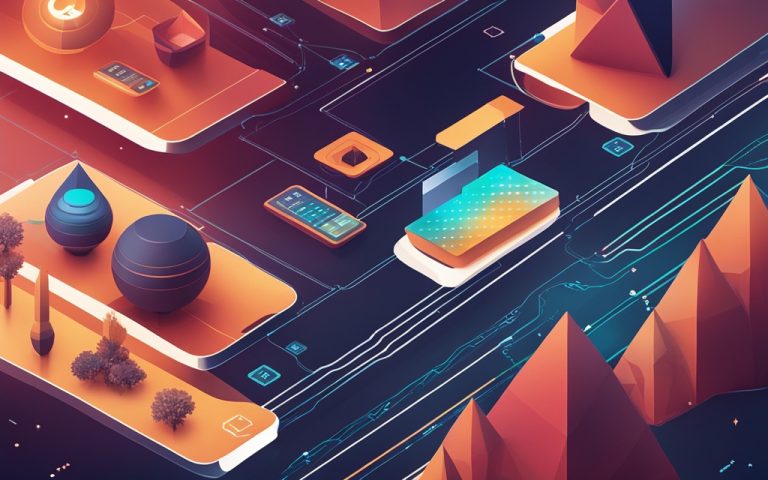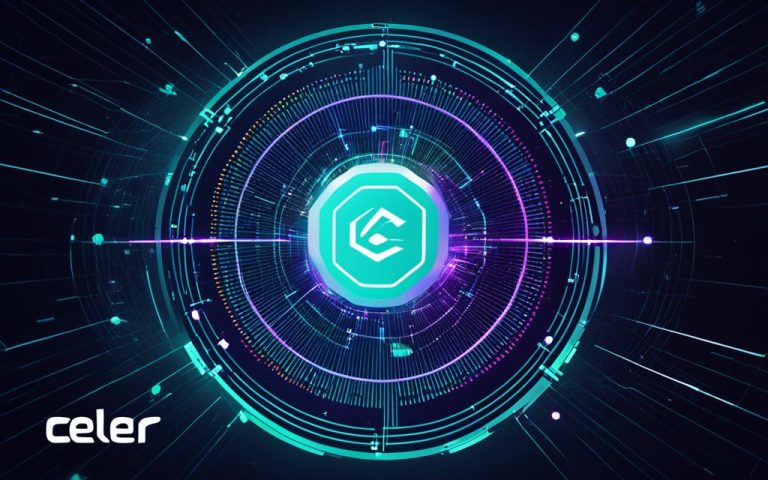A blockchain is a digital ledger that’s decentralized and transparent. It records all transactions across several computers. This technology is turning heads because it could change many industries. Some of these industries include finance, supply chain management, and healthcare.
The idea of blockchain came about in 2008, thanks to Satoshi Nakamoto. Satoshi Nakamoto is the unknown person who created Bitcoin. Blockchain is based on cryptography, making transactions secure and hard to change. This technology is becoming widely used as it cuts out middlemen. It also increases transparency and improves security.
Blockchain technology could change the way we do business and share info. It could also impact how we govern. Its structure means no one person or group controls the whole network. This makes it safe from fraud and tampering.
Blockchain uses smart contracts and digital tokens. This makes transactions trustworthy and efficient. It also means we don’t always need intermediaries like banks or lawyers. This reduces costs and makes things run smoother.
Blockchain can be used in many ways. It can secure transactions between people in finance. It can also make supply chains clearer and more trustworthy. Blockchain could truly change how different sectors work.
Next, we’ll get into the details of blockchain technology and its uses in the real world. Get ready to dive into the exciting world of blockchain!
Understanding the Key Components of Blockchain
Blockchain technology is built on key components that make it secure and decentralized. These components help us understand why blockchain is changing many industries.
Decentralized Network
A big part of blockchain is its decentralized network. Instead of one central system, it uses a network of nodes. Each node has a full history of the blockchain and checks transactions.
This means everyone can see and verify transactions without a central authority. The decentralized setup increases security and lowers fraud risks.
Consensus Mechanism
The consensus mechanism is crucial in blockchain. It’s the algorithm that validates the state of the blockchain. Blockchain networks use mechanisms like Proof of Work or Proof of Stake to reach agreement on transactions.
These mechanisms help keep the blockchain secure and unaltered. They prevent unauthorized changes.
Blocks
Data in a blockchain is stored in blocks. These blocks batch transactions together. Each block has a unique cryptographic hash, tying it to the previous block.
This link forms a secure chain of blocks. It’s hard for anyone to change the data without detection.
Cryptographic Hash Function
A cryptographic hash function turns data into a fixed-size string, or hash. This hash is unique to its data and marks a block. It’s key for keeping the blockchain consistent.
Changes to a block’s data change its hash, signaling potential tampering. This function is central to blockchain’s security.
Learning about blockchain’s key parts gives us insights into its security, consensus mechanisms, how it stores data, and the role of hash functions. Together, these elements make blockchain reliable, open, and hard to tamper with, showing its potential to change industries worldwide.
Applications of Blockchain Technology
Blockchain technology is changing many industries, going beyond just digital currencies. It is important in areas that need clearness, safety, and good performance.
In finance, blockchain eases global payments. It removes middlemen and lowers the cost of transactions. This means quicker and cheaper money transfers for both people and businesses. Smart contracts on blockchain automate deals. This ensures honesty and clearness in transactions.
This tech also enhances supply chain management, providing better clarity and tracking. It helps follow goods from creation to the final buyer. This cuts down on fake products. So, companies can confirm if products are genuine. This lessens scams and builds consumer trust.
Healthcare is another field keen on blockchain. It allows safe and shared access to medical histories. This makes exchanges between healthcare providers smooth. It also tracks drugs, which guarantees their safety and trustworthiness. Plus, its secure nature is perfect for honest clinical studies.
Blockchain is finding uses in other areas too. Voting systems can become more reliable and open. This helps earn trust in elections. It can better protect digital rights, helping creators. Also, it could change social networks into private and user-controlled platforms.
To see blockchain uses, look at the table below:
| Industry | Blockchain Applications |
|---|---|
| Finance | Cross-border payments, smart contracts, identity verification |
| Supply Chain Management | Transparency, traceability, product authentication |
| Healthcare | Secure medical records, drug traceability, clinical trials |
| Voting Systems | Transparent and secure electoral processes |
| Intellectual Property | Protection of digital rights |
| Social Networks | Decentralized platforms prioritizing privacy and data ownership |
The chance to use blockchain technology in different industries is huge. Ambitious organizations are grabbing these chances. They’re using blockchain’s honesty, security, and performance. This opens new opportunities for growth and working together.
Conclusion
Blockchain technology could change industries, shaping how we transact and interact. Its design makes it secure and decentralized. This brings strong solutions for different needs. But, we must solve some issues, like scalability, and energy use, and meet regulatory standards.
This technology is evolving. We will see more creative uses soon. Learning about blockchain helps us keep up with the digital world. It lets us use decentralized systems to their fullest.
Industries can become more efficient and secure by using blockchain. It simplifies processes, ensures data is correct, and cuts out the middleman. Blockchain promises a future that’s clear and responsible.
FAQ
What is a blockchain?
A blockchain is a digital ledger that’s both decentralized and transparent. It records transactions across many computers.
Who introduced the concept of blockchain?
Satoshi Nakamoto, who remains anonymous, brought us the concept of blockchain in 2008. He also created Bitcoin.
What are the key components of blockchain?
Blockchain’s main parts include its decentralized network, consensus mechanism, the blocks, and a cryptographic hash function.
How does a decentralized network work in blockchain?
A decentralized network in blockchain involves various nodes or participants. Each one has a copy of the blockchain. This setup enhances transparency while eliminating the need for a central authority.
What is the consensus mechanism in blockchain?
The consensus mechanism is a process used in blockchain. It helps validate and agree on the state of the blockchain. It makes sure everyone agrees on transaction validity.
What are blocks in blockchain?
Blocks in blockchain are like containers. They hold groups of transactions. Each one connects to the one before it, forming a chain.
How does a cryptographic hash function ensure the integrity of the data in blockchain?
A cryptographic hash function creates a unique, secure hash for each block. This keeps the data safe and unaltered.
What are the applications of blockchain technology?
Blockchain has many uses. In finance, it handles cross-border payments, smart contracts, and verifies identities. It improves supply chain with better transparency and reduces fraud. In healthcare, it secures records and tracks drugs.
What are the challenges associated with blockchain technology?
Using blockchain faces hurdles like scaling up, using a lot of energy, and meeting regulatory standards.
How can embracing blockchain technology benefit industries?
Adopting blockchain technology can boost efficiency, enhance security, and build trust across several sectors.



















